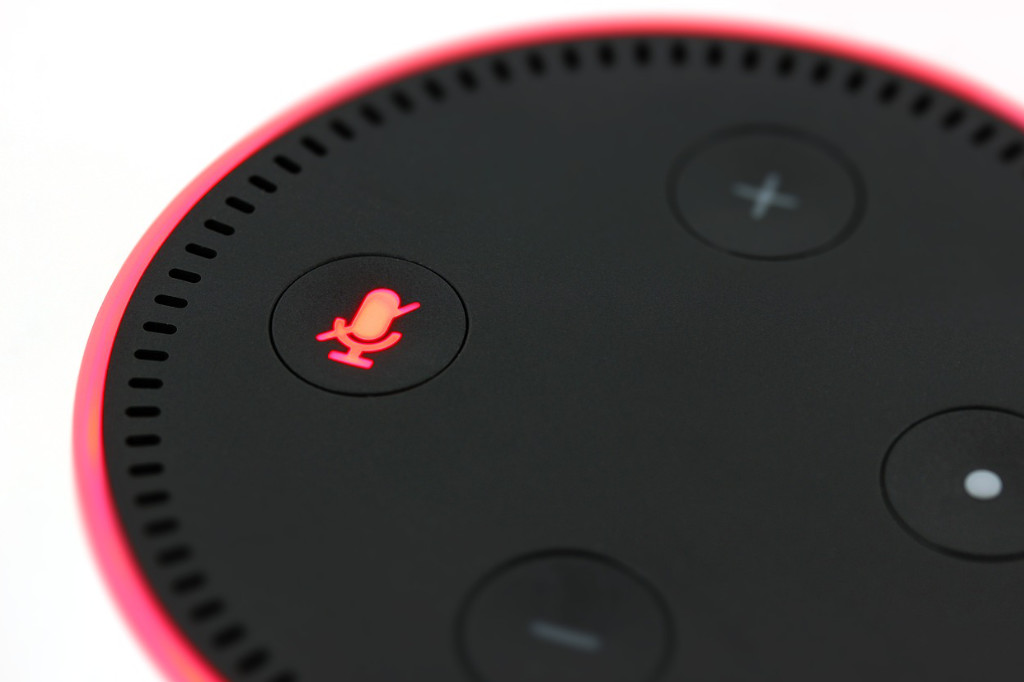AI-Powered Text-to-Voice Technology is Reshaping eCommerce
Although it might seem like a scene from a sci-fi movie, Artificial Intelligence has rapidly advanced to systems that can understand, interpret, and respond to human input. One of the latest breakthroughs is text-to-voice technology, where AI driven systems can give intelligent, lifelike responses. This shift is opening new possibilities for how eCommerce businesses communicate with their customers, making the online shopping experience feel not only accessible and interactive, but also more personal and human.
We’re experts in eCommerce development services and we’re here to help you choose the right solution for your business.
From automated customer service that greets you and answers your questions like a knowledgeable staff member, to voice-guided shopping that feels as personal as having a store associate walk you through the shelves, these AI voice-enabled technologies are bringing a human touch to the digital storefront.
AI-driven voice experiences are one of the last frontiers when offering an online experience as close as possible to a human interaction, allowing retailers to offer a more engaging and frictionless customer journey.
For a long time, the lack of human touch was online retail’s weakest spot, and this is exactly what voice-enabled AI brings to the table. Retailers can now create deeper, more personalized interactions with customers, whether it’s recommending products based on past purchases, answering inquiries instantly, or guiding users through the checkout process, all without the limitations of traditional text-based communication.
In an increasingly competitive market, creating these smoother, more accessible shopping experiences through voice can boost customer satisfaction and loyalty, setting businesses apart.
From Text Processing to Voice Assistants
Although many noticed the fulminant ascension of AI only starting only a few years ago, the journey from basic text processing to sophisticated voice technology occurred as early as 2011 with the introduction of voice assistants like Siri and Alexa.

Of course they did not have the capabilities of present times but these technologies worked on the same principles, combining natural language processing (NLP) with speech recognition, allowing users to issue voice commands instead of typing. Just like a child, over time, these systems matured, incorporating deep learning models that improved their ability to understand context and produce more natural responses.
At the heart of text-to-voice technology is the ability to convert written words into spoken language using deep learning algorithms and neural networks to map linguistic features to audio features, creating speech that sounds increasingly human. This process involves breaking down text into phonetic components, applying the correct prosody (intonation, rhythm), and then generating speech from this data.
The initial voice virtual assistants were basic, but a major breakthrough came in 2016 with Google’s WaveNet, which revolutionized TTS by using neural networks to directly model raw audio waveforms, creating speech that was significantly more natural than previous methods. Following models further refined the ability to synthesize expressive, emotionally nuanced speech.
Today, powered by AI, voice technology is not just about sounding natural – it’s also about understanding context, meaning AI can adapt its speech style based on user interactions.
These advancements are crucial for retailers who want to integrate AI-driven voice experiences into eCommerce, as they enable deeper, more engaging customer interactions that feel personal.
Enhancing Customer Experiences Through Voice
Text-to-voice technology can transform the shopping experience by offering conversational interactions with customers. Add the personalization factor, and you will soon understand how big an impact this could have. Imagine scrolling over a product image and instantly getting a spoken product description, or a product review while highlighting specific features that match your specific interests. This is the level of service you’d expect from a well-trained store assistant, making online shopping feel more human and less transactional.
This way, the experience becomes less frictional, reducing the steps involved. Instead of typing, scrolling, or clicking through pages, users can simply say, “Find me the best running shoes,” and the system would instantly filter and present recommendations. The cognitive load on the customer is reduced, leading to higher satisfaction and lower cart abandonment rates.
AI-driven voice technology also has the ability to make eCommerce more inclusive. For customers with disabilities, voice-enabled interfaces can remove the barriers typically associated with navigating complex websites.
Practical Applications of Text-to-Voice in eCommerce
One of the applications already employed by merchants is the automation of routine inquiries. Many online retailers now use voice-powered systems to handle common customer service tasks, such as answering FAQs, providing order status updates, or troubleshooting basic issues. Unlike traditional chatbots, which rely solely on text, AI voice-enabled systems make the interaction feel more natural.

Many are also tapping into using text-to-voice technology to create more engaging and accessible product descriptions by converting text into speech in real-time. Instead of reading long product descriptions, they can simply listen to a voice explaining the product’s features, benefits, and reviews. This enhances the experience, particularly for busy shoppers or those who prefer auditory information, such as commuters or individuals with visual impairments.
When driven by AI, voice-enabled product descriptions can be dynamic, getting updates in real-time, allowing retailers to instantly reflect changes in stock, special offers, or user-generated content such as reviews. This level of interaction brings products to life.
Voice shopping is quickly moving from an experimental feature to a mainstream shopping method, and it’s surely going to become a standard in eCommerce. This week, OpenAI is rolling out its latest voice technology which marks a significant leap toward making voice shopping a mainstream experience. With this advancement, we’ll soon see the development of various third-party platforms which, through API, will be able to be integrated with eCommerce systems, allowing users to navigate stores, place orders, and ask for product details simply by speaking.
Voice technology will positively impact businesses. Not only by boosting conversions and engagement, but also by reducing operational costs. But one of the main benefits is its ability to bring eCommerce one step closer to those unique, human-like shopping experiences.
If you want to know more about our list of services at Clever++, please visit our website.




